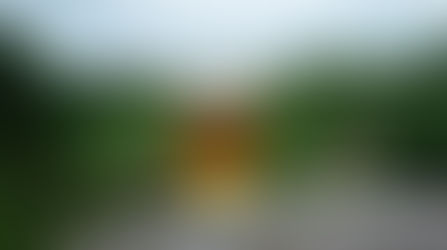A history of Brighton public houses
- Amy Johnson
- Jul 25, 2017
- 2 min read

At the start of the 19th century Brighton had 41 inns. This meant there was one inn for every thirty houses. These inns had various uses, they were markets, auctions and could even be a place to hold a trial.
The better inns became hotels and the others turned into public houses for the use of working people who would go there to socialise after a work day.
These public houses were split into two types. One was a beer-house which served cheap beer and had little furniture, gin palaces n the other hand were larger, ornately decorated and for the more 'up-market' customer. The latter was freque
nted by wealthy visitors while the former type of pub was utilised mostly by local fishermen. However, in the gin palaces, there were partitions and face screens to segregate the different classes and types of drinkers.
By the middle of the century drinking in a public house had become the most popular form of leisure activity amongst the working people of Brighton. It was pubs that provided a starting place for music hall entertainers as more and more landlords began to provide entertainment through singing and dancing. The first music hall in Brighton opened in 1852 at The Globe Inn, near Grand Parade.
Pubs were being replaced by purpose built theatres to host the variety acts by the 1860s. However, pubs continued to provide live entertainment.
By 1860 there were 479 pubs and beer-shops in Brighton, more than all the local butchers, bakers, grocers and greengrocers combined. Most were located in the poorer districts of Brighton, around Edward Street, Carlton Hill and Albion Hill.
Following the First World War, publicans made efforts to improve on the quality of their establishments, partly to attract a female crowd to these male-dominated spaces.
However a greater variety of leisure venues like dance-halls and cinemas were available and so the number of pubs began to fall.
The design of pubs began to change in the 1920s and 1930s as glass and brass was replaced with Art Deco furnishings. These were often based on a specific architectural design, one of these can still be seen today in the Tudor style of The King and Queen pub on Marlborough Place.

In the 1950s, the breweries closed many small pubs and these were replaced by larger, modern pubs.
In the 1980s and 1990s, brewery chains set up 'super-pubs'. These type of pubs were able to provide cheaper drinks and food than independent pubs, and were accused of taking business from them.
Today, the pub trade is still thriving in Brighton but it is clear that 'super-pubs' do continue to dominate the scene. For example, pub chain Wetherspoons currently own three pubs in the city.
With pub numbers falling across the UK this does lead to the question of whether it is necessary for pub chains to take over failing independent ones in order to ensure pubs are still there to use.
Brighton got it's first community pub when The Bevy opened in 2014. The rise of community-owned pubs in recent years also offers itself as another direction which the pub trade may go in.
However, with the popularity of pubs as social spaces in Brighton, the issue isn't perhaps as urgent as it might be in other cities.



































Comments